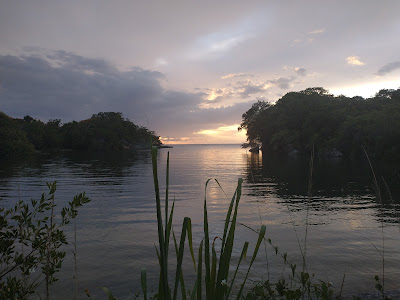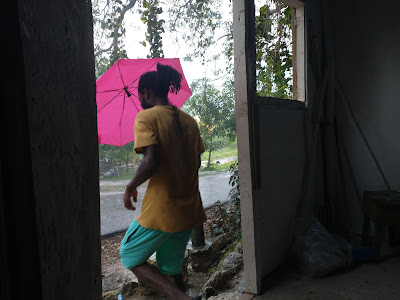I come to Paris to be reminded that art and love are one and the same. Both are driven by a desire for wholeness, creativity, truth, surprise. At the Centre Pompidou, I saw a Balthus that was just donated to the museum. I haven't seen a reproduction of it anywhere and, standing there, I felt that coming all the way to Paris was worth it just to see this one painting. A new Balthus at the Pompidou, Paris Art, like love, sometimes involves transgression. Balthus said, " I want to proclaim in broad daylight, with sincerity and feeling, all the throbbing tragedy of a drama of the flesh, proclaim vociferously, the deep-rooted laws of instinct." I learned to love Balthus as a student in Wayne Thiebaud's painting class in college. From the perspective of the painter looking at a Balthus, one quickly sees past the erotic elements and is struck by his masterful technique, a method based on years spent on one painting, using paints hand mixed each morning by his wife,...















